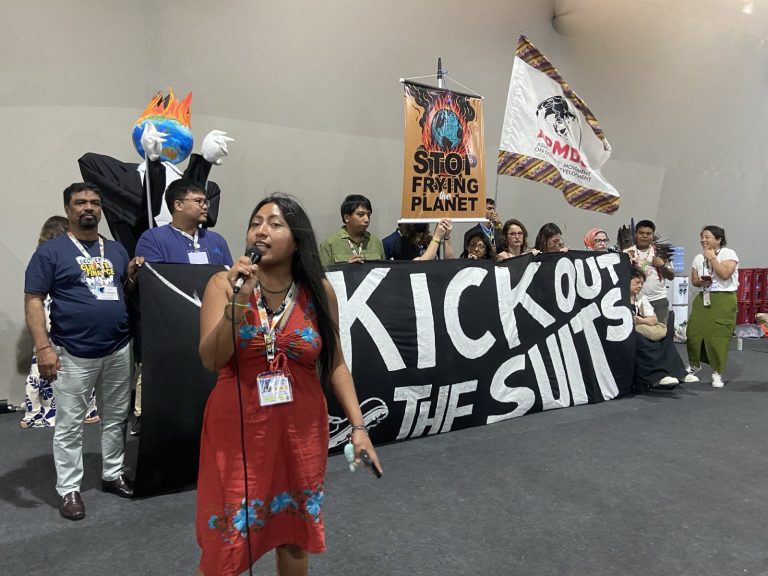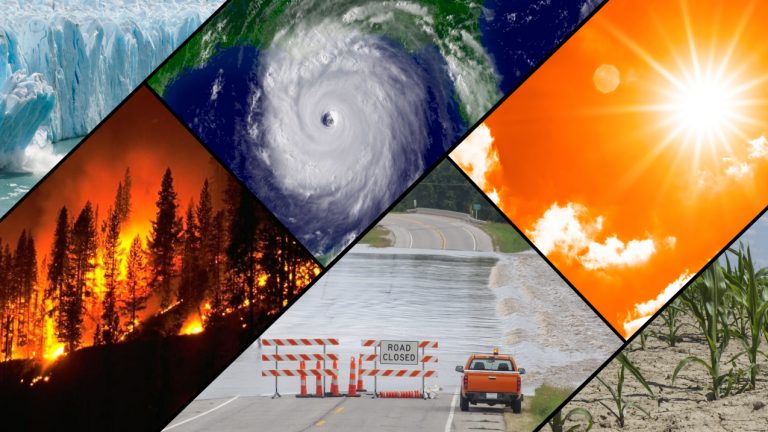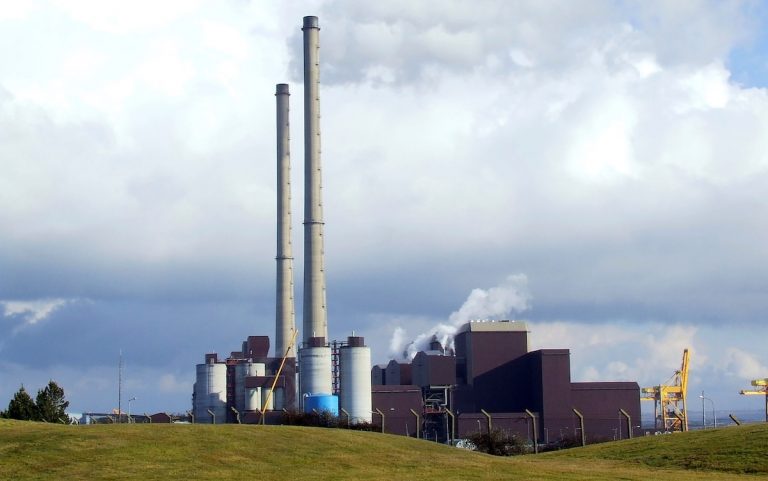More Than 300 Lobbyists For Industrial Agriculture Attend COP30
More than 300 lobbyists for food and farming organisations have participated at this year’s UN climate talks, known as COP30, taking place in the Brazilian Amazon, where agribusiness is the leading cause of deforestation, a new investigation has found.
The number of lobbyists representing the interests of industrial cattle farming, commodity grains and pesticides is up 14 percent over last year’s summit in Baku — and is larger than the delegation of the world’s 10th largest economy, Canada, which brought 220 delegates to COP30 in Belém, according to the joint investigation between DeSmog and the Guardian.















